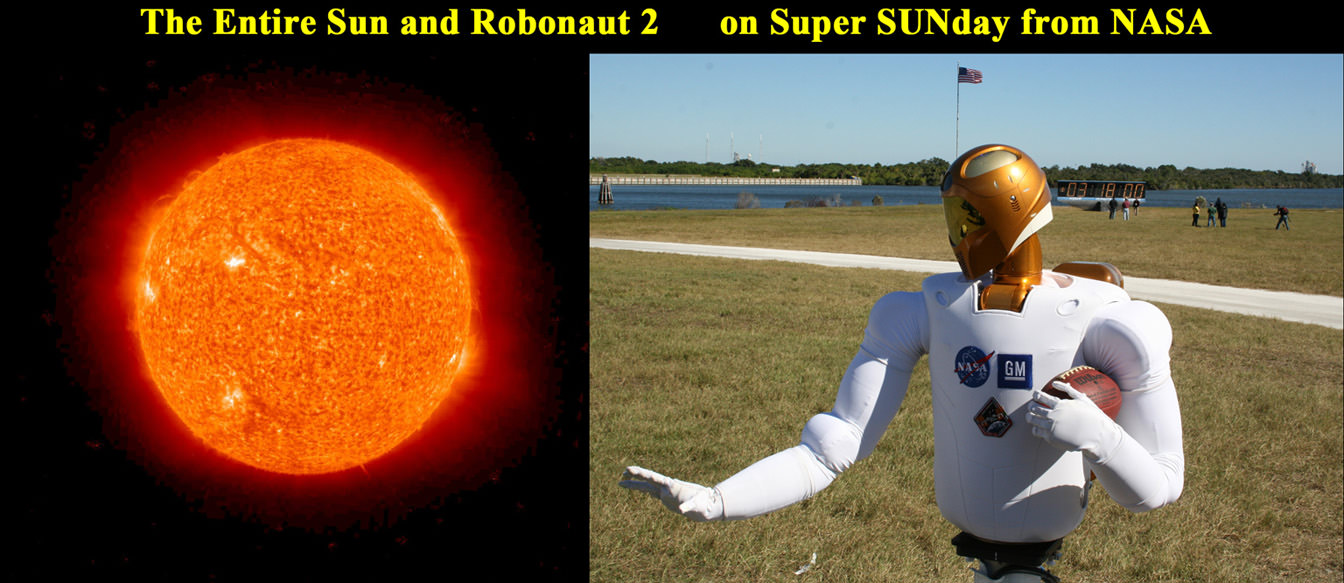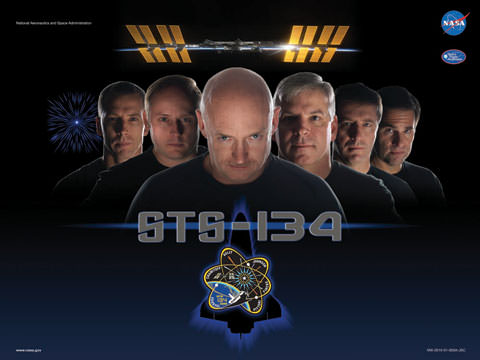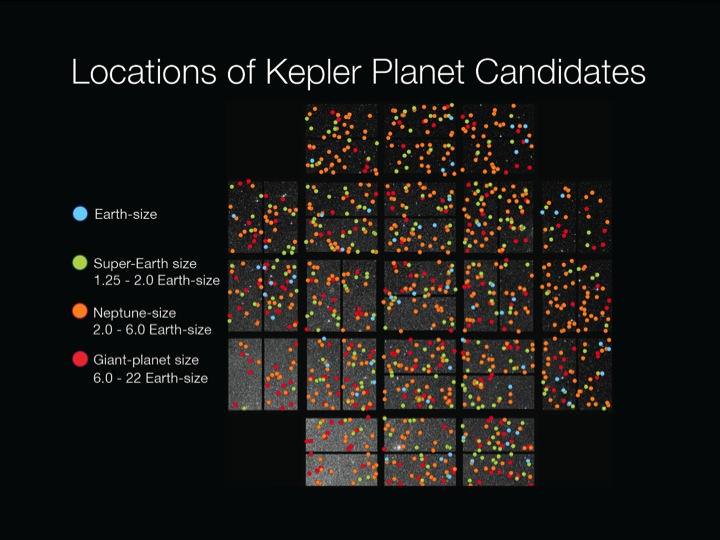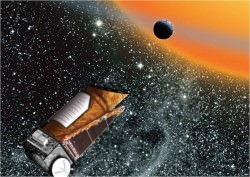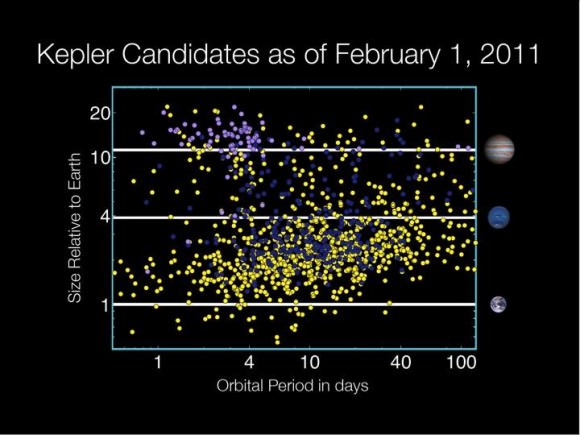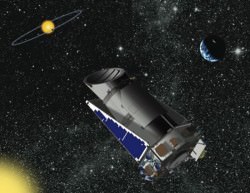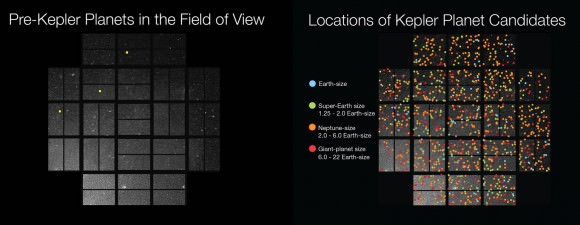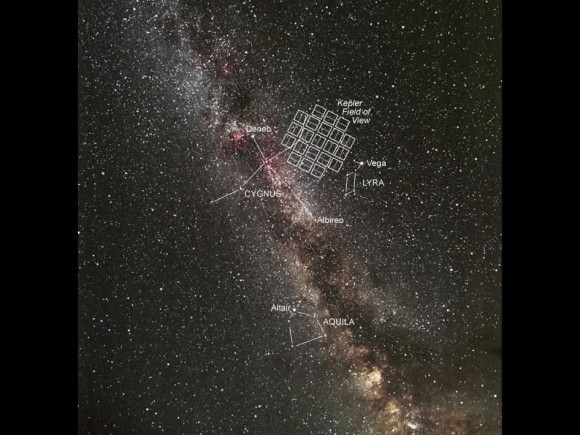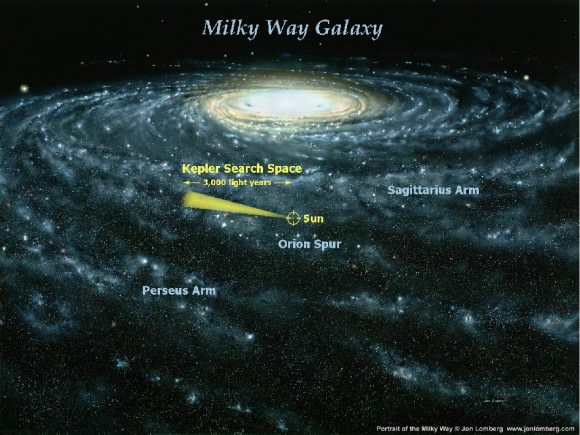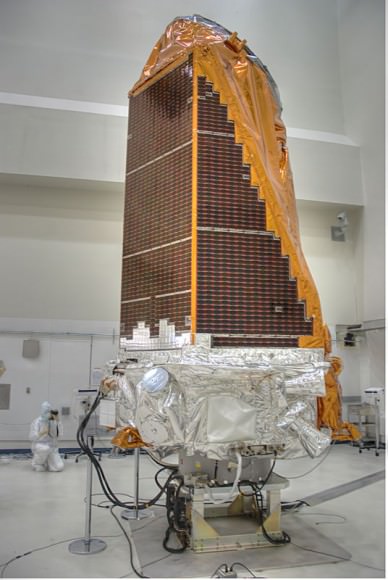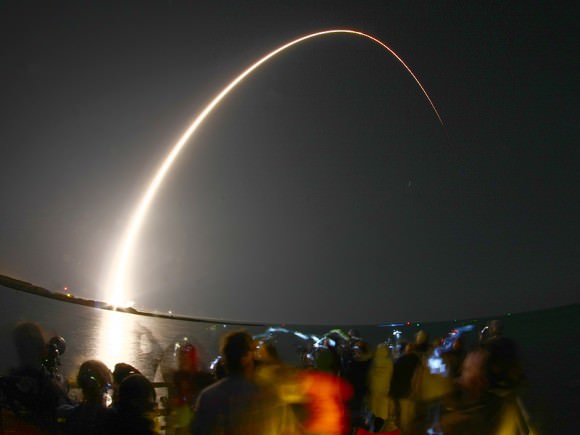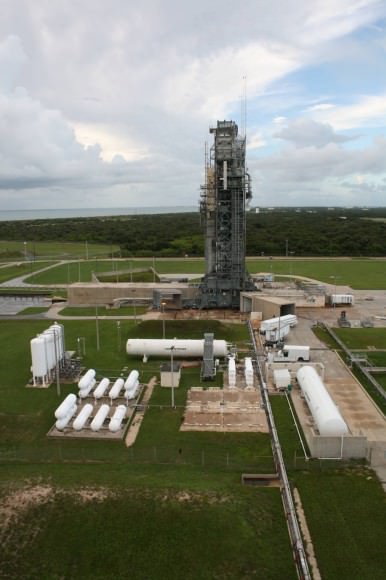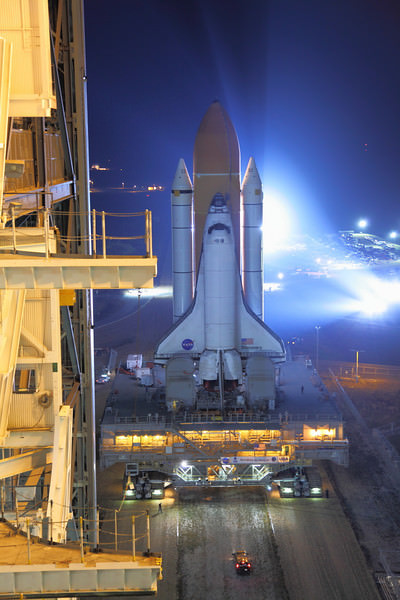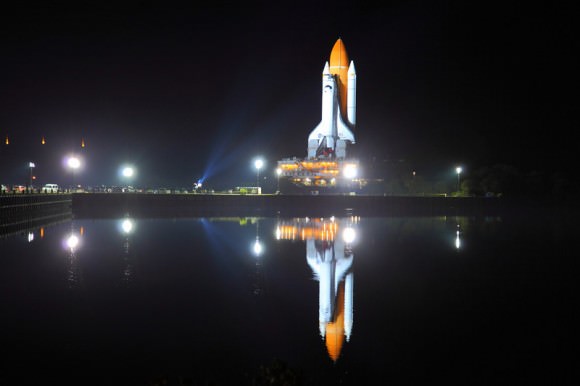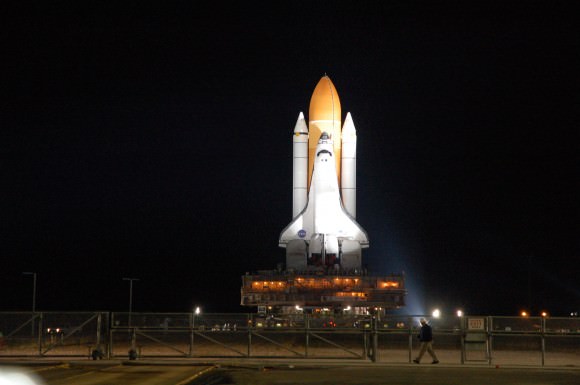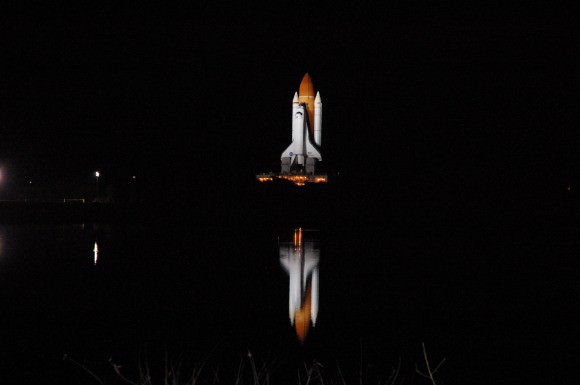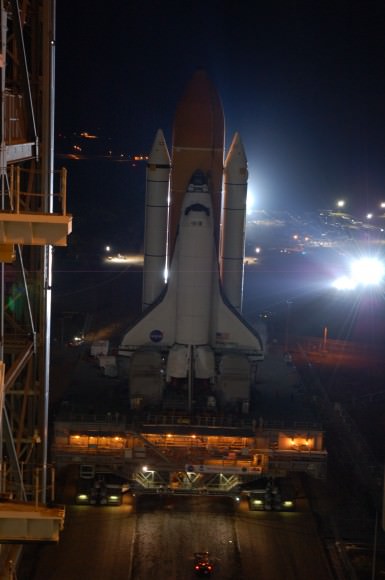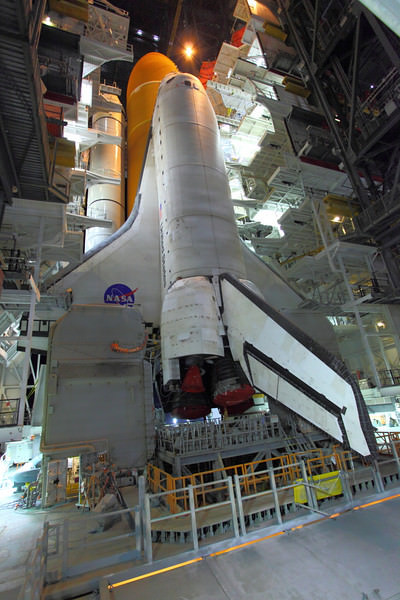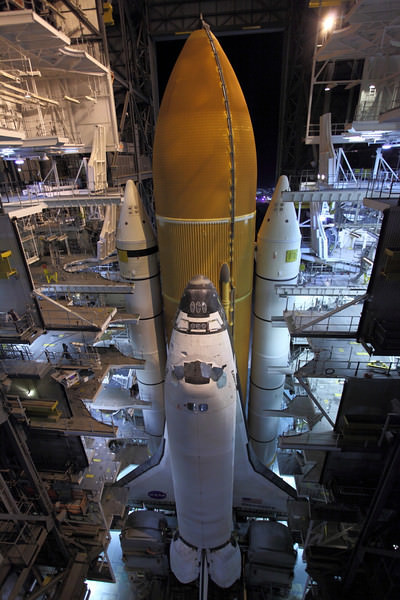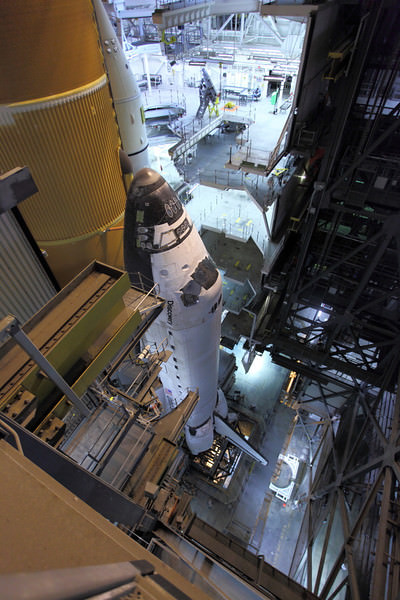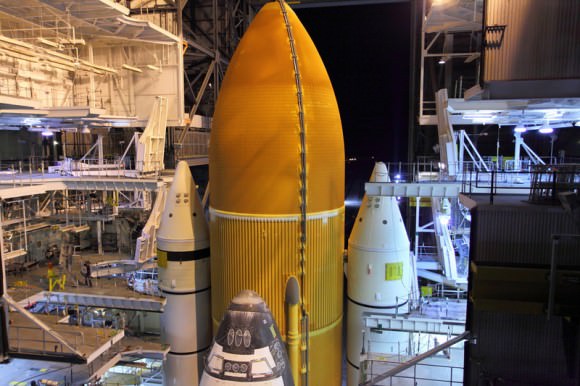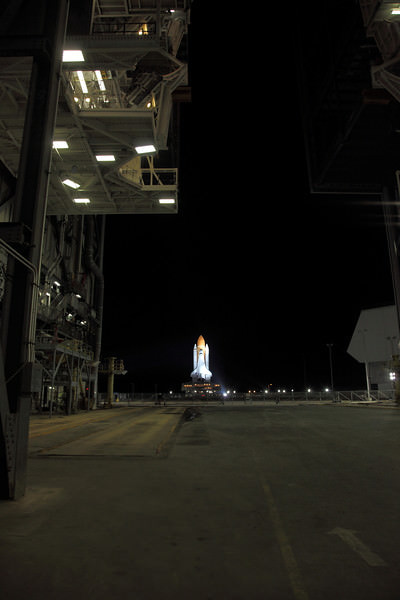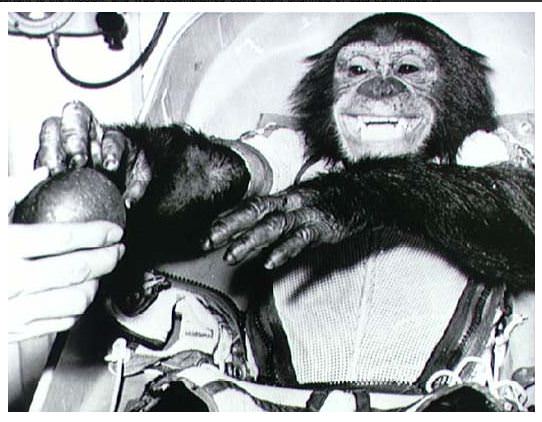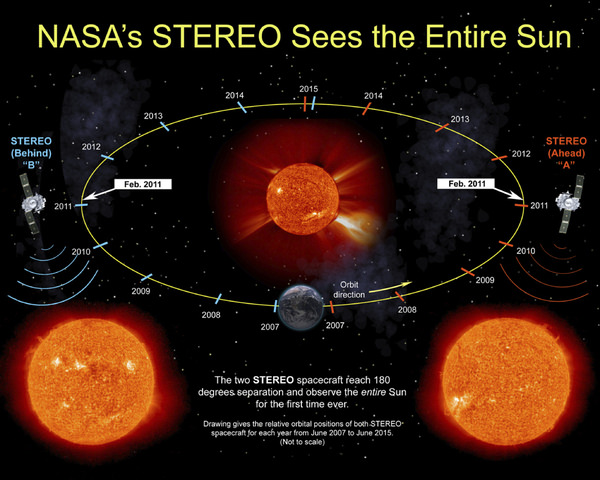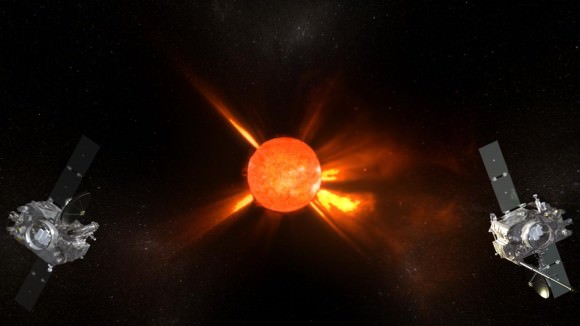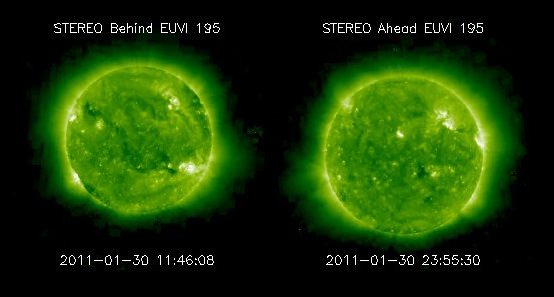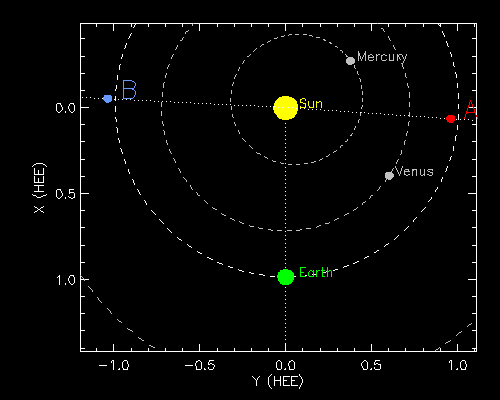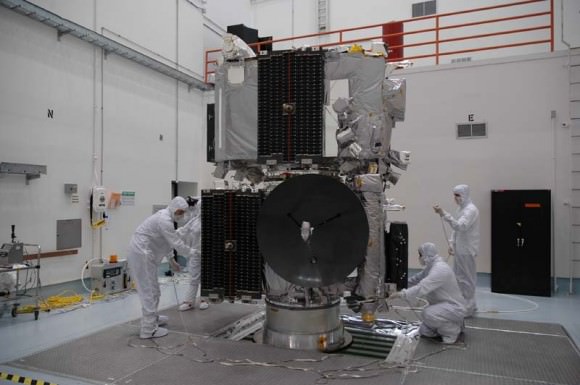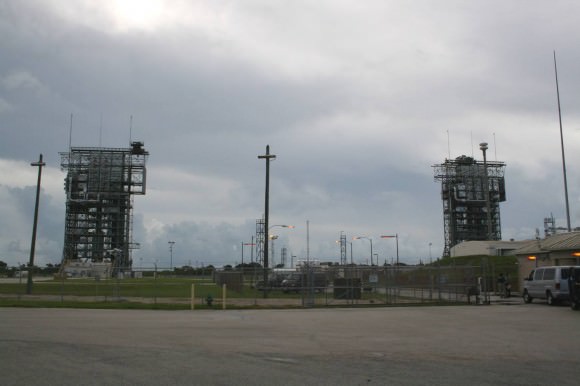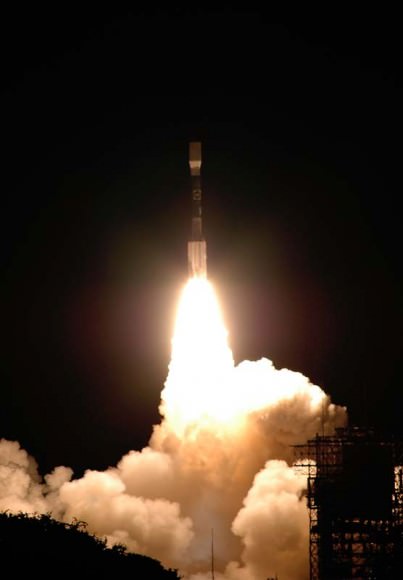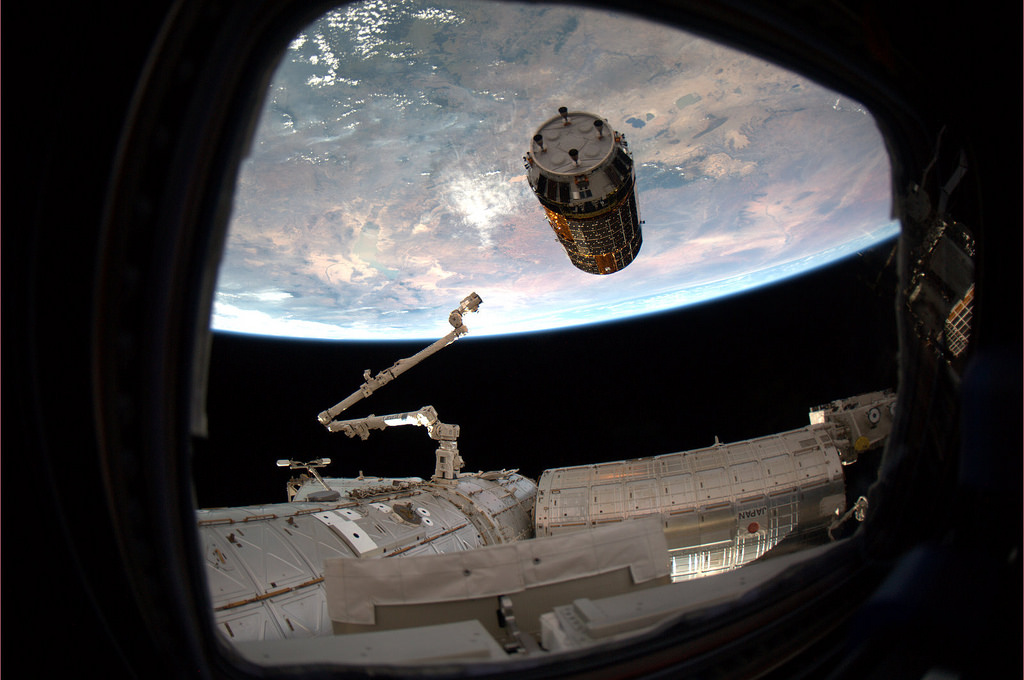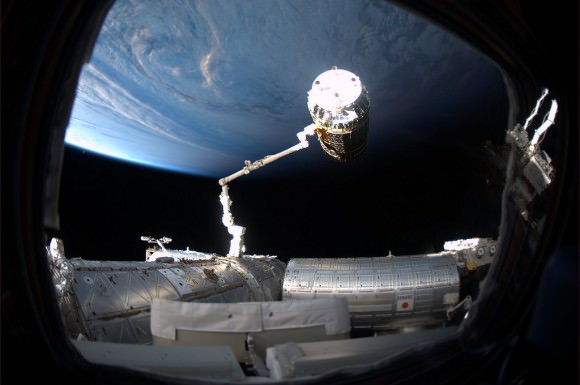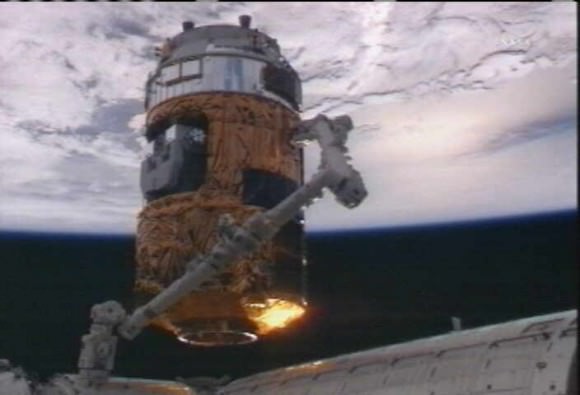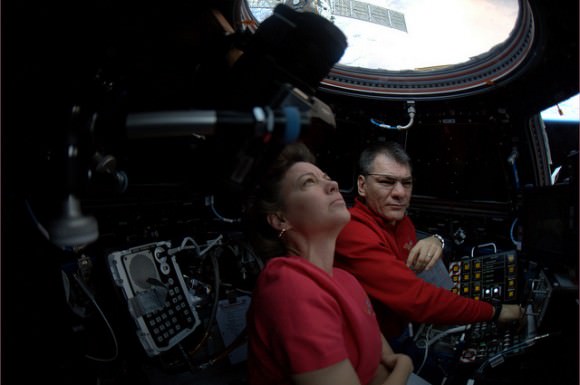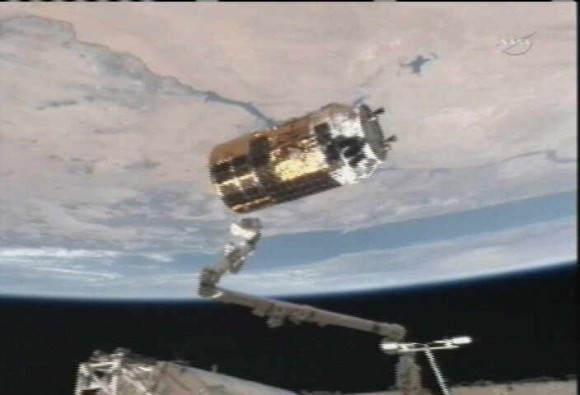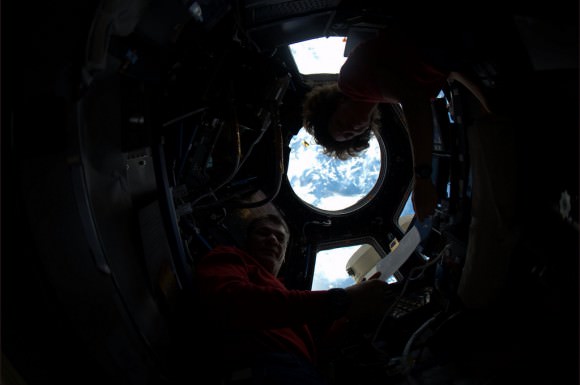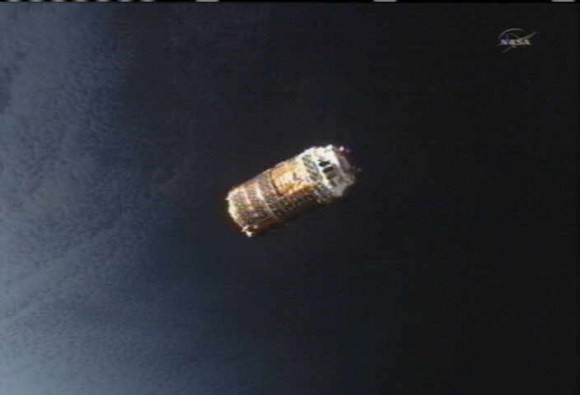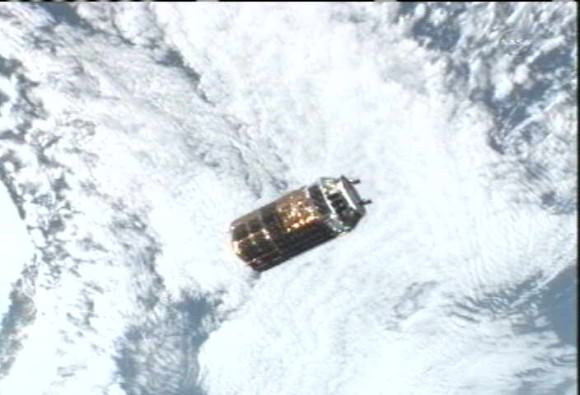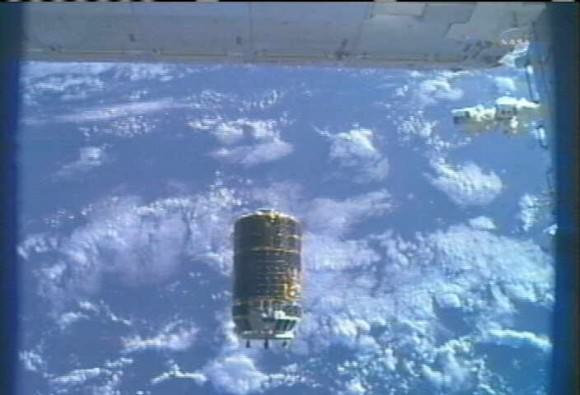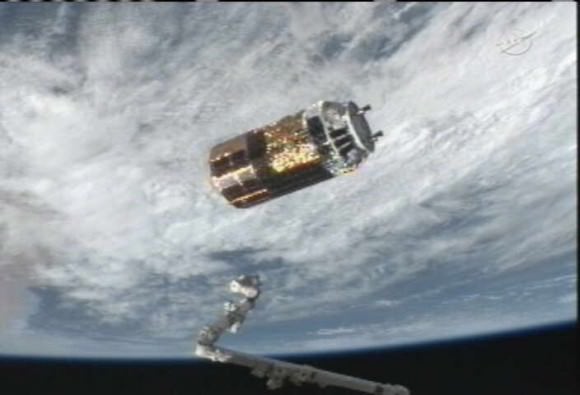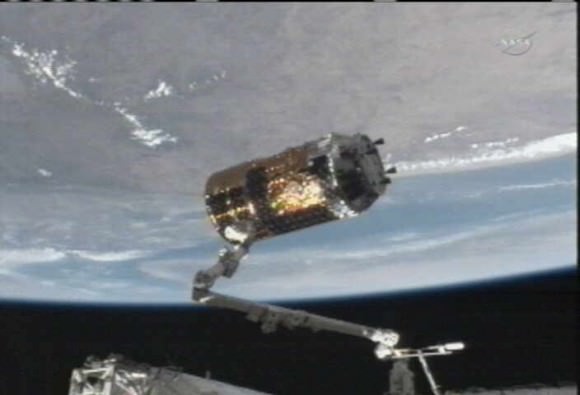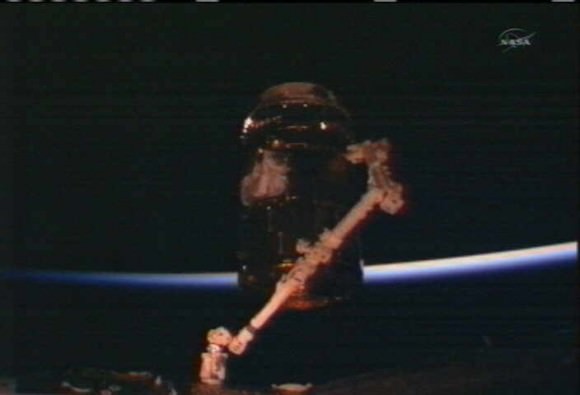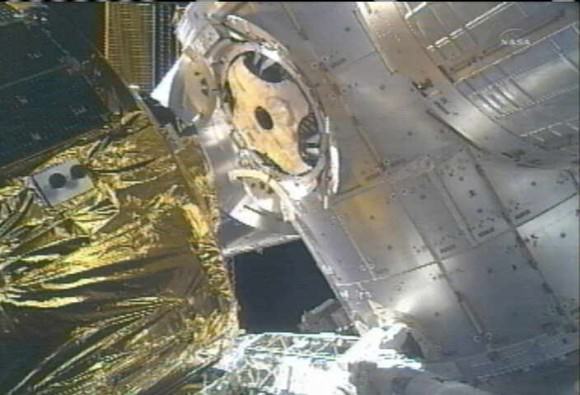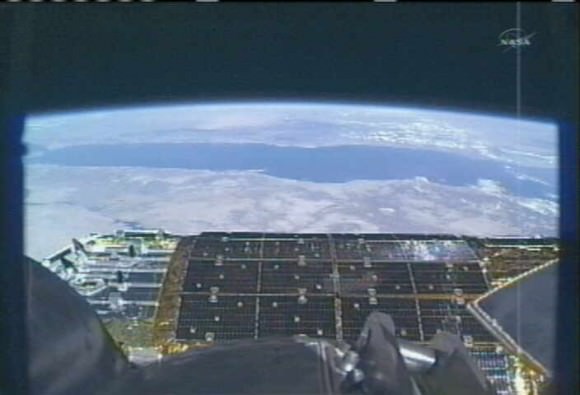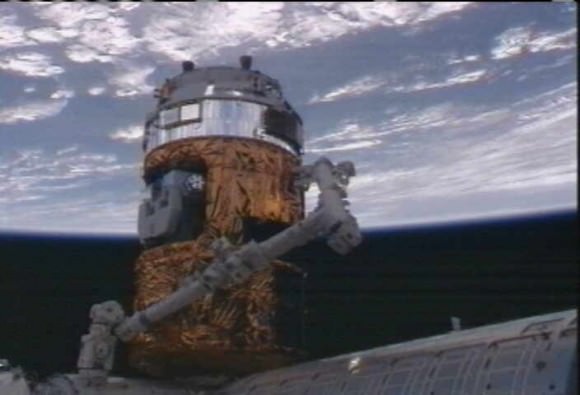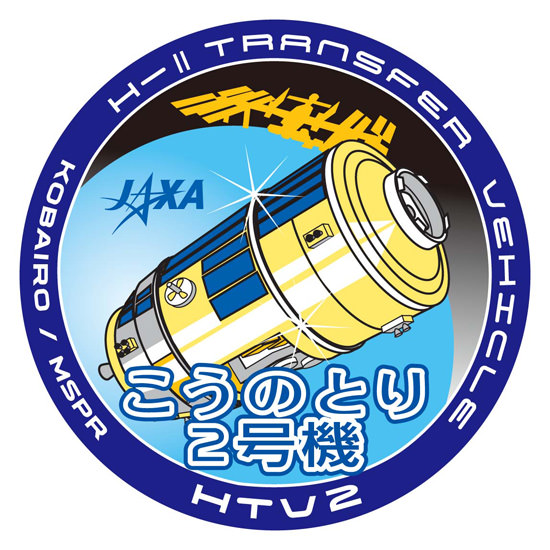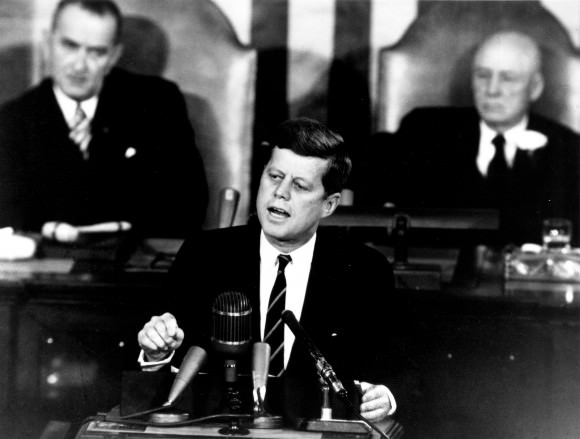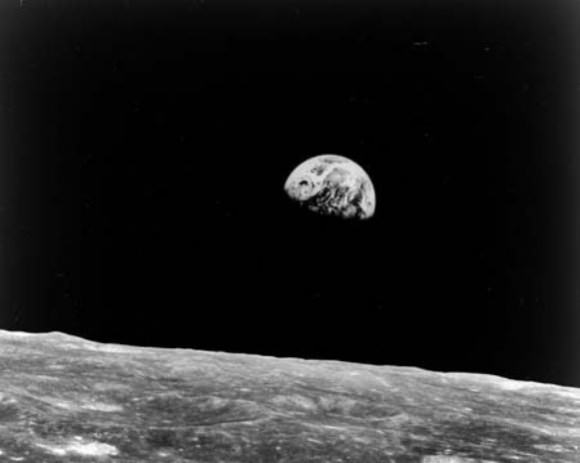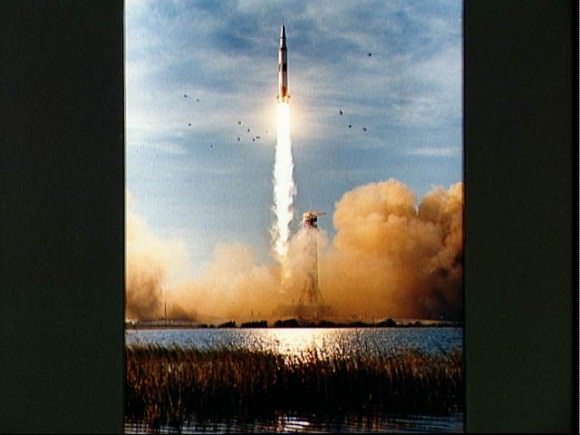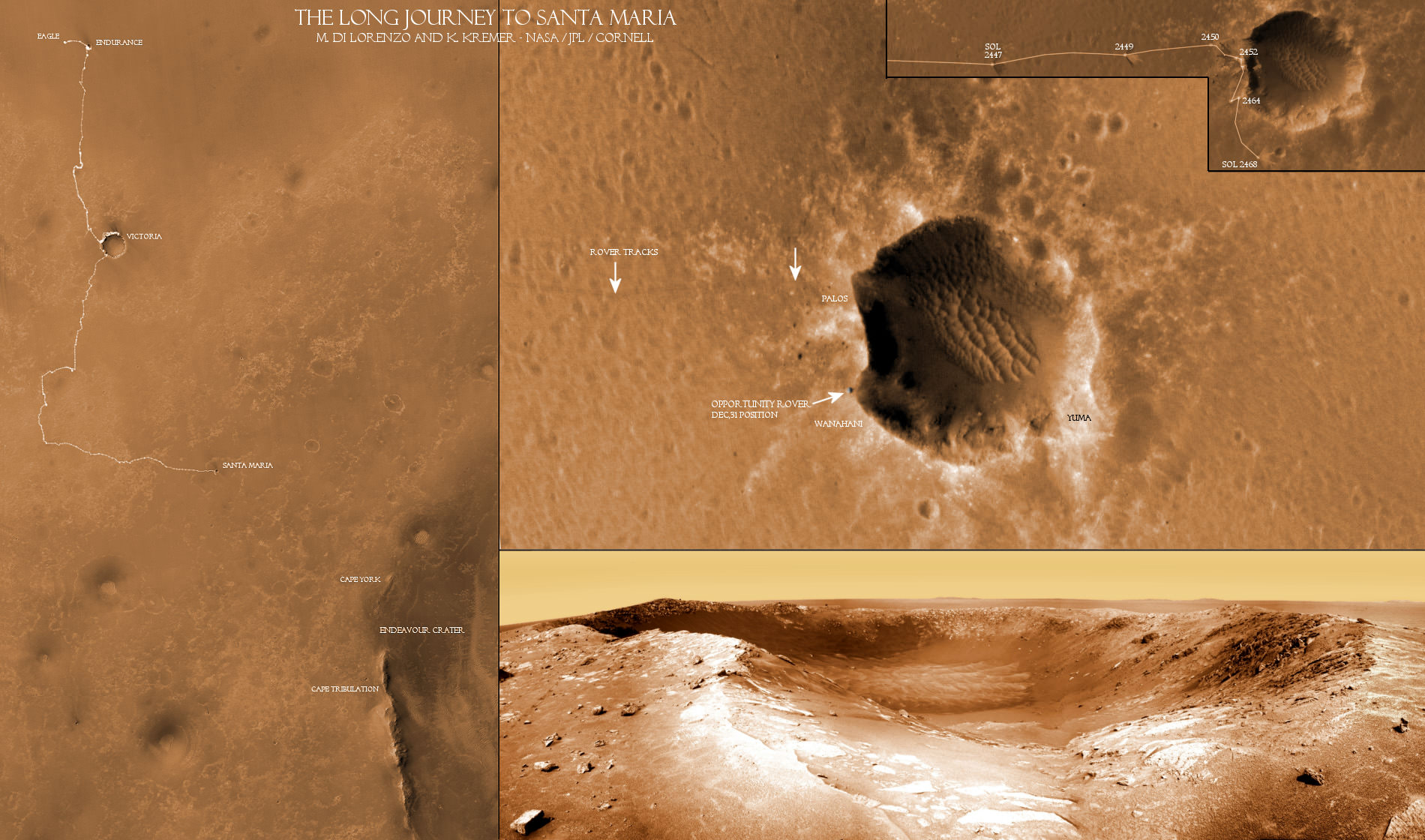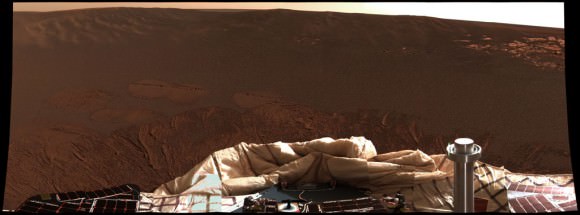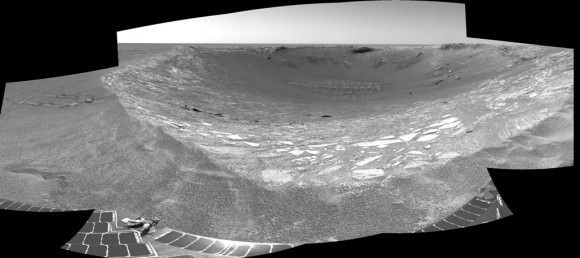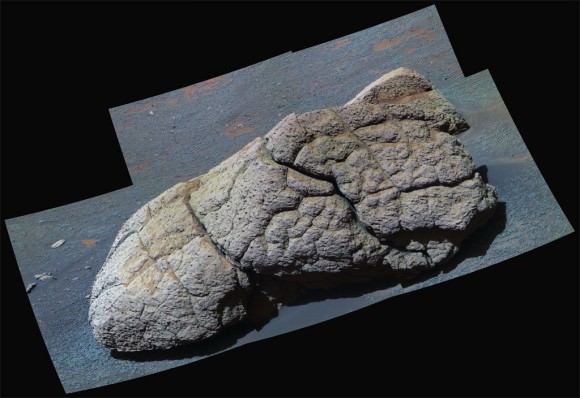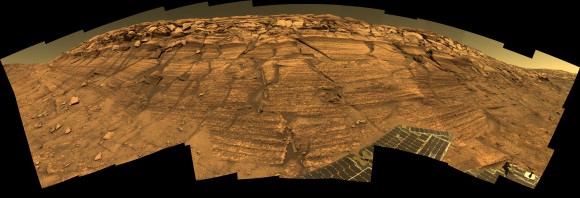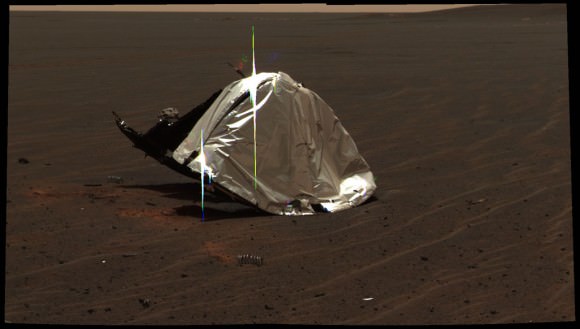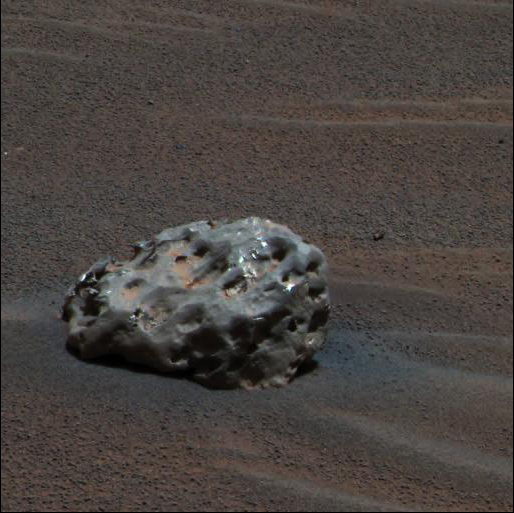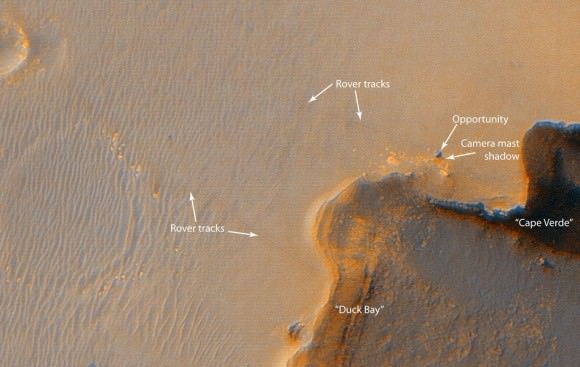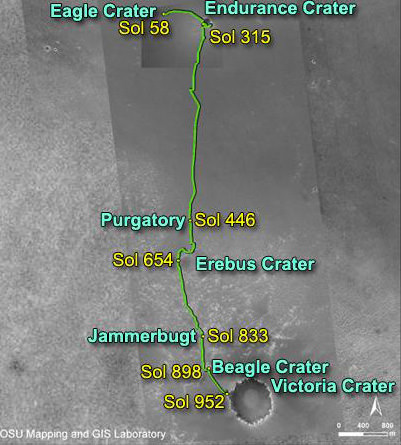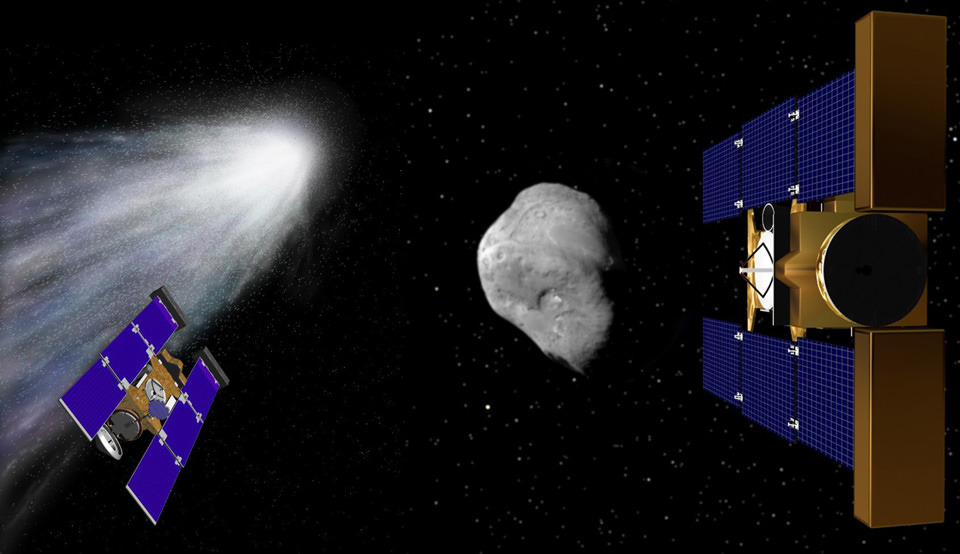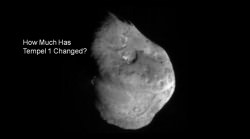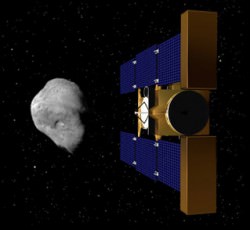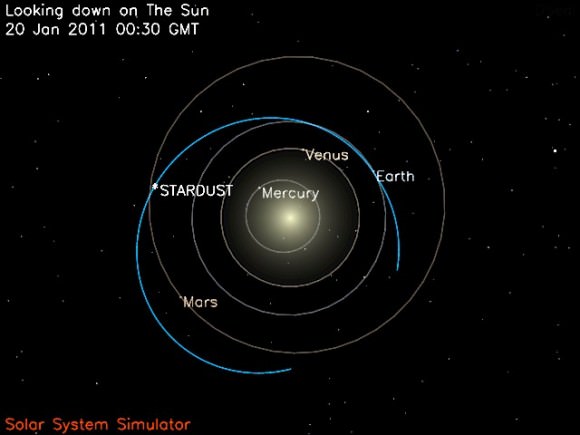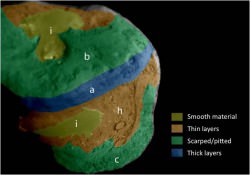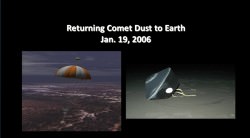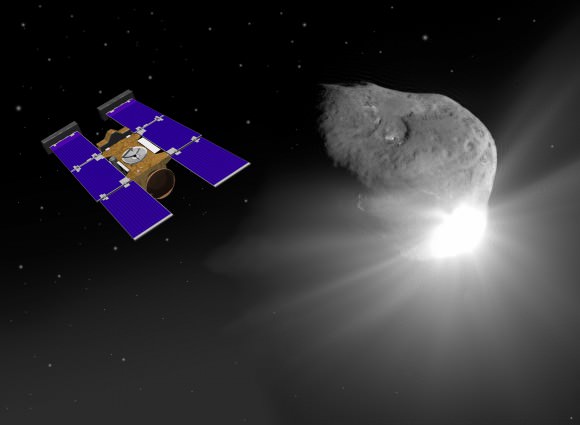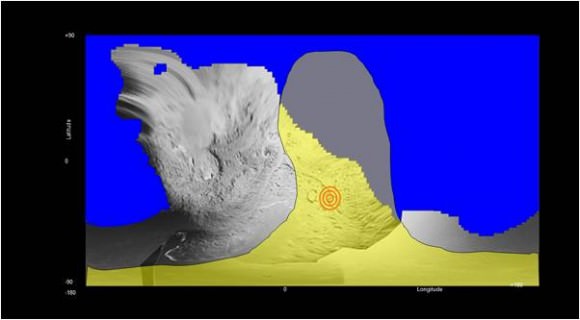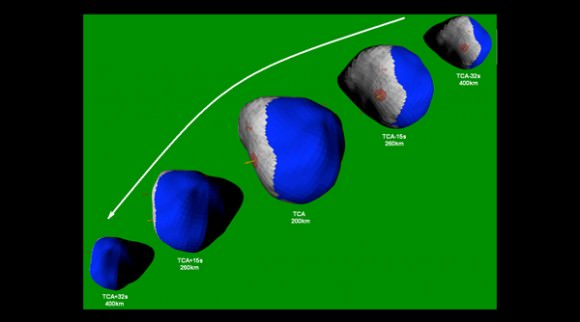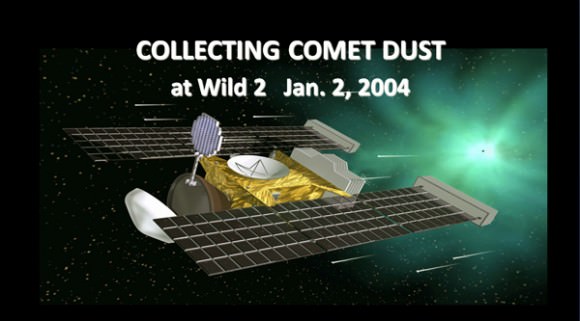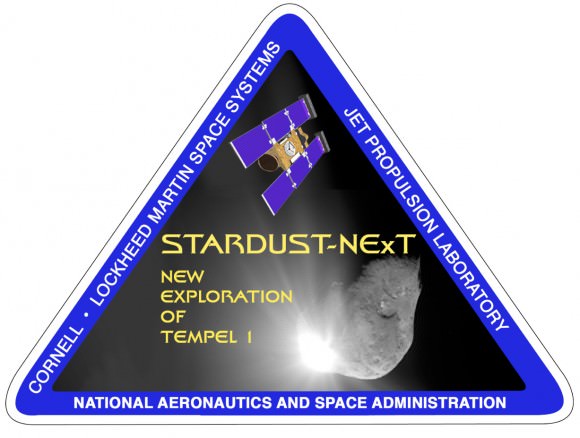[/caption]
What do NASA, Robots, the Sun and the NFL have in common ?
Well … its Super SUNday … for Super Bowl XLV on Feb. 6, 2011
The unlikely pairing of Football and Science face off head to head on Super Bowl SUNday. Millions of television viewers will see NASA’s Robonaut 2, or R2, share the the limelight with the Steelers and the Packers of the NFL. The twin brother of R2 is destined for the International Space Station (ISS) and will become the first humanoid robot in space. It will work side by side as an astronaut’s assistant aboard the space station.
The fearsome looking R2 is set to make a first ever special guest appearance during the FOX Networks Super Bowl pre-game show with FOX sports analyst Howie Long. The pre-game show will air starting at 2 p.m. EST on Feb. 6.
And there’s more.
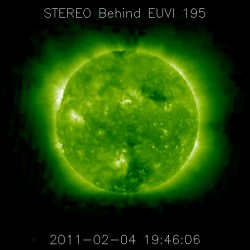
The two STEREO spacecraft will reach positions on opposite sides of the Sun on Sunday, Feb. 6 at about 7:30 p.m. in the evening, possibly coinciding with the Super Bowl half time show.
At opposition, the STEREO duo will observe the entire 360 degrees sphere of the Sun’s surface and atmosphere for the first time in the history of humankind.
The nearly identical twin brother of R2 is packed aboard Space Shuttle Discovery and awaiting an out of this world adventure from Launch Pad 39 A at NASA’s Kennedy Space Center (KSC) in Florida. Blast off of the first humanoid robot is currently slated for Feb. 24.
R2 is the most dextrously advanced humanoid robot in the world and the culmination of five decades of wide-ranging robotics research at NASA and General Motors (GM).
This newest generation of Robonauts are an engineering marvel and can accomplish real work with exceptionally dexterous hands and an opposable thumb. R2 will contribute to the assembly, maintenance and scientific output of the ISS
“R2 is the most sophisticated robot in the world,” says Rob Ambrose, Chief of NASA’s Johnson Space Center’s (JSC) Robotics Division.
“We hope R2 should help to motivate kids to study science and space,” Ron Diftler told me in an interview at KSC. Diftler is NASA’s R2 project manager at JSC.
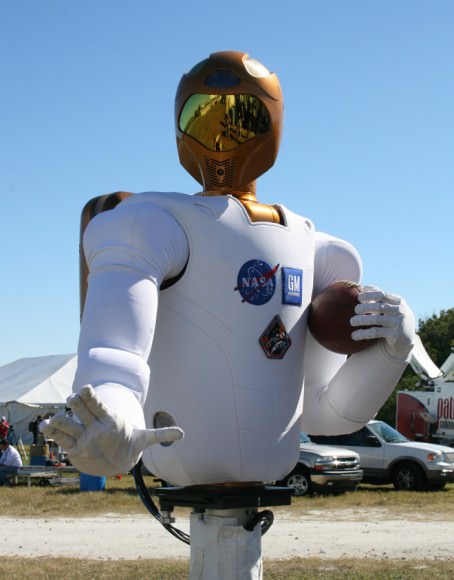
The amazingly dexterity of the jointed arms and hands enables R2 to use exactly the same tools as the astronauts and thereby eliminates the need for constructing specialized tools for the robots –saving valuable time, money and weight.
The robot is loaded with advanced technology including an optimized overlapping dual arm dexterous workspace, series elastic joint technology, extended finger and thumb travel, miniaturized 6-axis load cells, redundant force sensing, ultra-high speed joint controllers, extreme neck travel, and high resolution camera and IR systems.
R2 weighs some 300 pounds and was manufactured from nickel-plated carbon fiber and aluminum. It is equipped with two human like arms and two hands as well as four visible light cameras that provide stereo vision with twice the resolution of high definition TV.
“With R2 we will demonstrate ground breaking and innovative robotics technology which is beyond anything else out there and that will also have real world applications as GM works to build better, smarter and safer cars,” according to Susan Smyth, GM Director of Research and Development.
“Crash avoidance technology with advanced sensors is a prime example of robonaut technology that will be integrated into GM vehicles and manufacturing processes.”
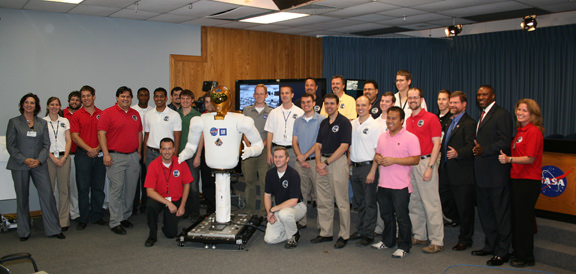
R2 will become an official ISS crew member. Credit: Ken Kremer
Robonaut 2 flight unit poses with the NASA/GM development team inside the Space Station Processing Facility at KSC in this 360 degree panorama from nasatech.net
I was fortunate to meet R2 and the Robonaut team at KSC. R2 is incredibly life like and imposing and I’ll never forget the chance to shake hands. Although its motions, sounds, illuminated hands and muscular chest gives the unmistakable impression of standing next to a lively and powerful 300 pound gorilla, it firmly but gently grasped my hand in friendship – unlike a Terminator.
So its going to make for a mighty match up some day between the fearsome looking R2 and the NFL players.
Well apparently, R2 and Howie will be making some predictions on which player will win the MVP award and a GM Chevrolet. Stay tuned.
So come back on SUNday Feb. 6 for NASA’s release of the first ever images of our entire Sun from the STEREO twins.
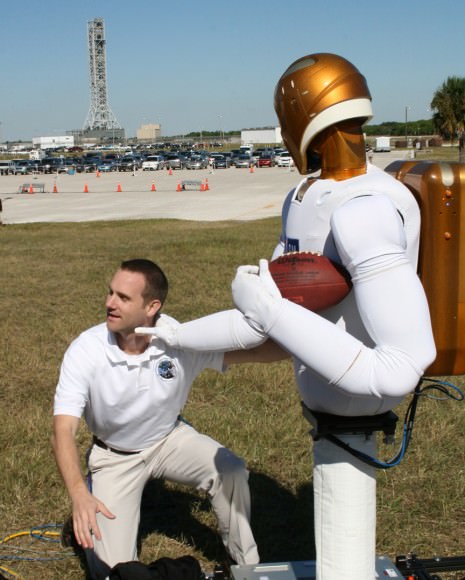
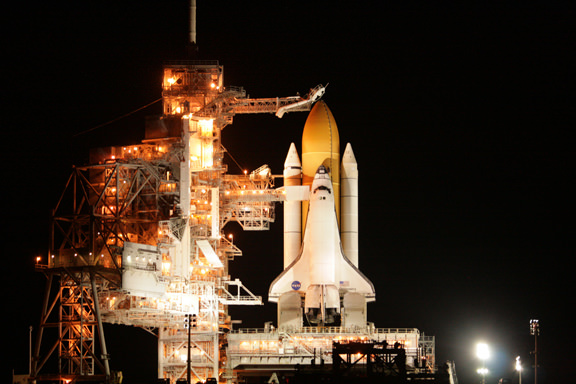
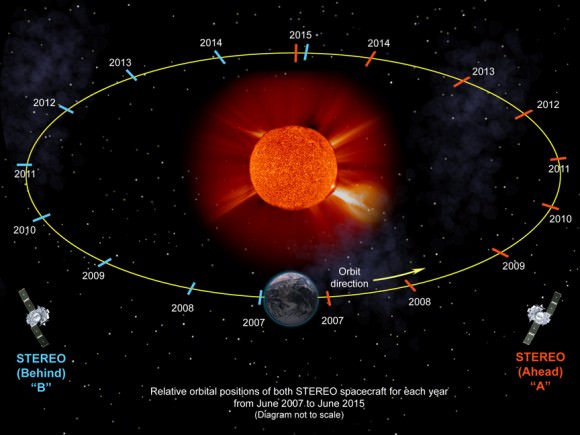
will see the entire Sun for the first time! Credit: NASA.

